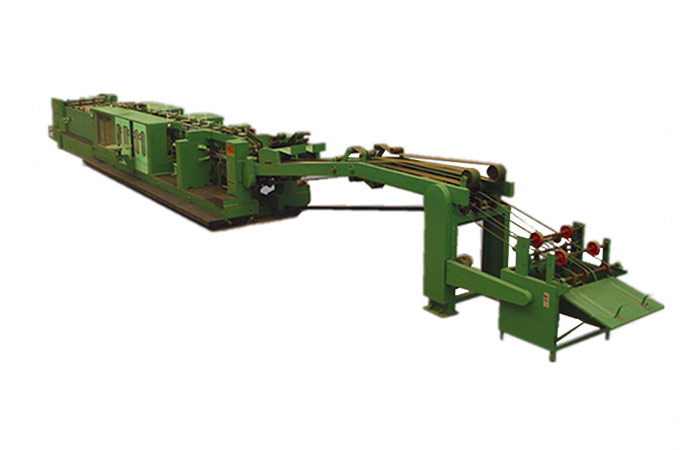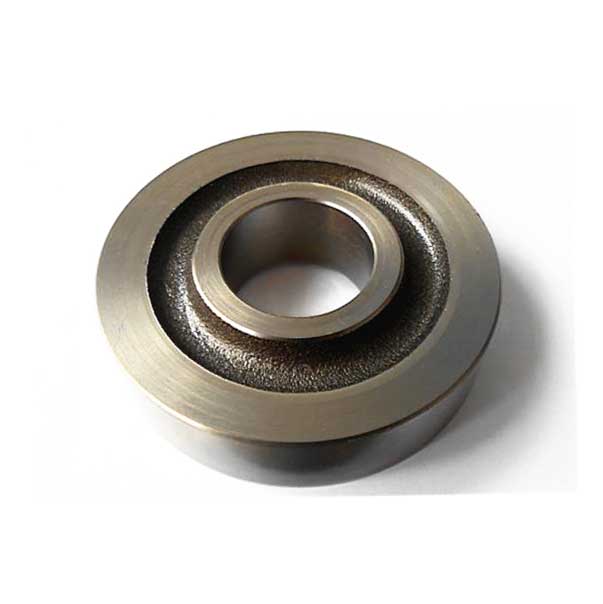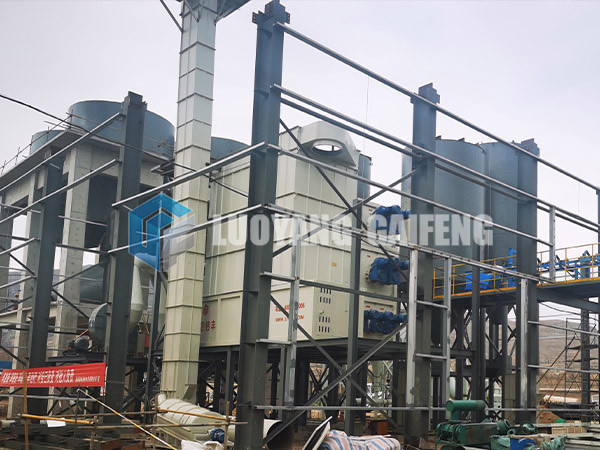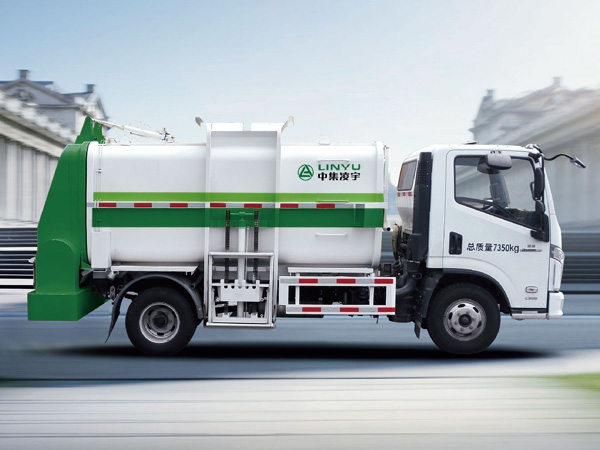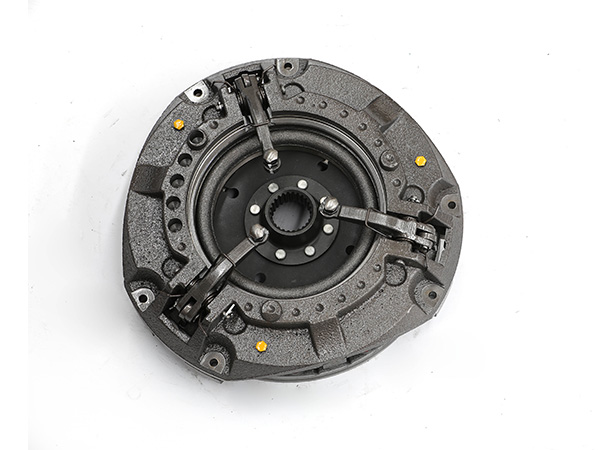The road sweeper is a relatively common sanitation vehicle on the road at present. It can not only clean up garbage, but also dedust and purify the air on the road.
At present, the road sweeper has become one of the important helpers in sanitation work, so it is also very important to operate the road sweeper correctly. Injured by the operation.
Today, the tanker sales manufacturer mainly introduces 6 aspects that need to be paid attention to when using the road sweeper, so that we can operate and maintain the car more smoothly.
Pay attention to mechanical damage
When starting the road sweeper, you should pay attention to the gear position of the transmission to prevent the road sweeper from accidentally moving and hurting people. When working under the hood, other people should be allowed to leave the cab to prevent accidental injury caused by sudden rotation of the engine or misoperation by others. If it is necessary to work under the vehicle, obvious signs should be set up, and the road sweeper should be covered with a car cover. When using a jack to support the car, the jack should be placed stably. Before driving, you should prepare driving tools (driving stool), and it is forbidden to use fragile objects such as bricks. When installing the assembly, do not test the screw holes, keyholes, etc. by hand to avoid breaking your fingers. When testing the engine, it is not allowed to work under the road sweeper.
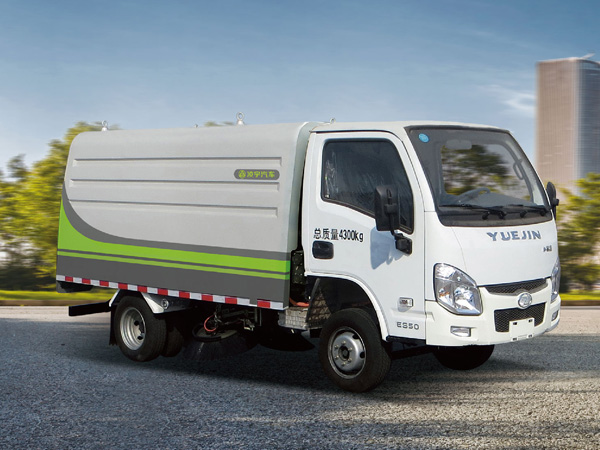
Watch out for fire
When maintaining the road sweeper, it is often necessary to use flammable and explosive items such as oil and cleaning agents. At this time, don’t forget the fire-fighting measures and prepare a fire extinguisher just in case. Do not smoke near the fuel tank and battery, because the flammable gas overflowing from the fuel tank and the hydrogen gas overflowing from the battery are easily ignited.
Watch out for burns
The engine that has just been turned off must be touched carefully to prevent burns due to the relatively high temperature of the various components of the engine (water tank, exhaust pipe, power steering fluid tank, and spark plug, etc.). If the engine temperature of the road sweeper is high, never remove the water tank cover or release the water switch to prevent burns.
Do not damage the road sweeper
Brake fluid has a damaging effect on the paint film of the car (including the paint film of leather shoes), and it can quickly dissolve the paint film of the car. Brake fluid is harmful to the eyes. If it splashes into the eyes, it must be washed away with clean water immediately.
…
For more information about the precautions for the operation of road sweepers, please click to visit:https://www.ly-cimc-linyu.com/a/news/precautions-for-road-sweeper-operation.html

